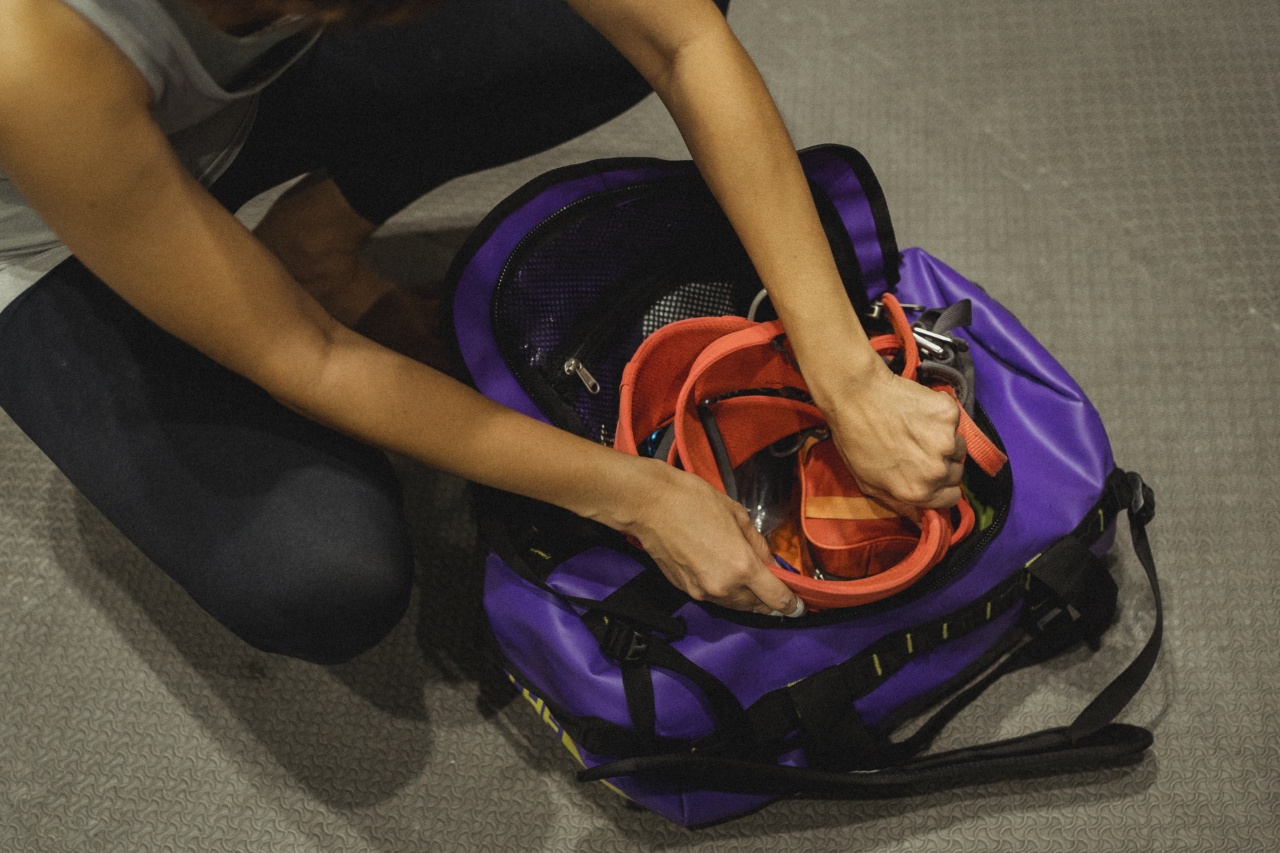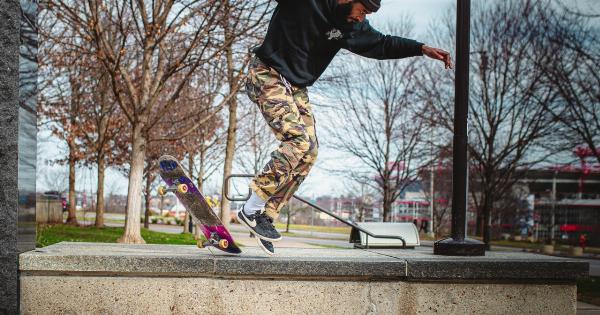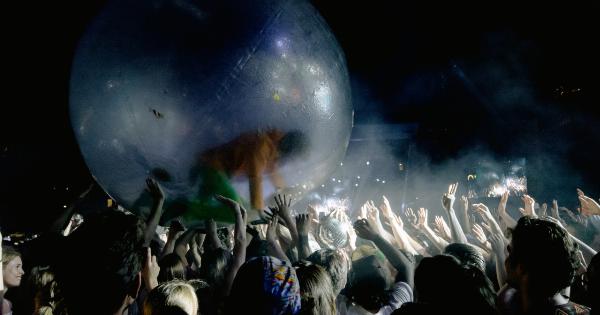Summer is a time to enjoy the sun and the outdoors! However, high temperatures can also pose a threat to our health and safety. Heat exhaustion, heat stroke, and dehydration are all serious conditions that can occur if we’re not careful.
In this article, we’ll cover some tips and tricks to stay healthy and safe during the hot summer months.
H2: Stay hydrated
Drinking enough water is crucial to staying healthy and safe when the temperatures rise. Make sure to drink plenty of water throughout the day, especially if you’re out in the sun or exercising.
Avoid sugary drinks, alcohol, and caffeine, as they can actually dehydrate you.
H2: Dress appropriately
Wear lightweight, loose-fitting clothes in light colors to help reflect the sun’s rays. This can help keep you cooler and prevent sunburn. Consider wearing a hat to protect your head and face from the sun.
H2: Stay indoors during peak hours
If possible, stay indoors during the hottest parts of the day. This is typically between 10 a.m. and 4 p.m. If you need to be outside, try to stay in the shade or take frequent breaks in air-conditioned buildings.
H2: Use sunscreen
Protect your skin from the sun’s harmful UV rays by using sunscreen with at least SPF 30. Apply it 15-20 minutes before going outside and reapply every two hours or more often if you’re sweating or swimming.
H2: Be aware of the signs of heat exhaustion and heat stroke
Heat exhaustion and heat stroke are serious conditions that can occur if you don’t take precautions in the heat. Symptoms of heat exhaustion include heavy sweating, cramps, weakness, and nausea.
Heat stroke is more serious and can cause confusion, seizures, or even coma. If you or someone you know is experiencing these symptoms, seek medical attention immediately.
H2: Keep your home cool
Make sure your home is a comfortable temperature during high temperatures. You can do this by using air conditioning, fans, or opening windows when it’s cooler outside.
Avoid using appliances that generate heat, such as ovens, during the hottest parts of the day.
H2: Know your limits
Everyone has different tolerance levels for heat. Be aware of your own limits and stop any physical activity or go inside if you start feeling too hot or tired.
H2: Check on vulnerable populations
Elderly people, children, and those with certain medical conditions are more vulnerable to the effects of high temperatures. Check on these individuals regularly and ensure they are staying cool and hydrated.
H2: Keep your car cool
Temperatures can soar inside a car, even if it’s not that hot outside. Avoid leaving children or pets in a parked car, even for a few minutes. Use sun shades to keep the car cooler, and consider parking in the shade if possible.
H2: Conclusion
When the temperatures are high during the summer months, it’s important to take steps to stay healthy and safe.
Stay hydrated, dress appropriately, stay indoors during peak hours, use sunscreen, be aware of the signs of heat exhaustion and heat stroke, keep your home and car cool, and know your limits. By taking these precautions, you can enjoy the sun and the outdoors without risking your health or safety.




























